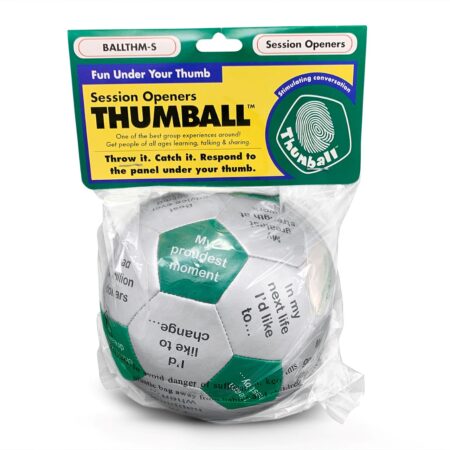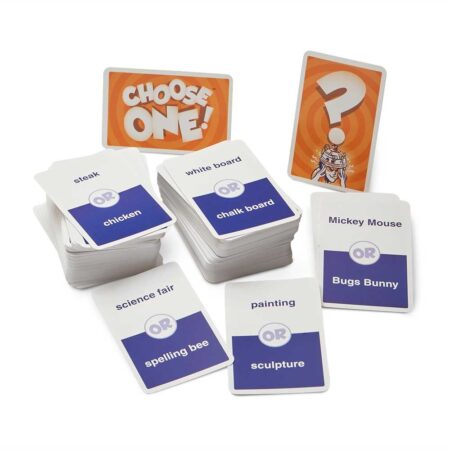Two Truths. One Lie.
Three statements; one is not true:
1) I believe in icebreakers.
2) Good icebreakers are easy to find.
3) “Two truths and a Lie” can be a good icebreaker.
If you asked me last year, I’d say there were two lies in the three statements above and only one truth. I have to admit, I turned up my nose to the idea of the “Two Truths” icebreaker. I took it to be overused, unimaginative, and frivolous use of time. However, Bill Casey’s online posting of an interesting twist on the exercise has changed my mind. Two features of his explanation are responsible for challenging my thinking. First, he explains the purpose of the exercise; and second, he uses the content throughout the day to lighten the mood and foster communication and networking. Casey writes:
When using the “3 Fact & 1 Lie” exercise, I ask participants to write down three facts about themselves and one lie.
When introducing the exercise I explain, “You are here to learn X, but as adults often do, you will learn a great deal from each other. Hopefully you will even stay connected beyond our seminar. If you can learn a few interesting facts about each other, it will be much easier to have hallway conversations AND stay in touch. I have a way to help us do that. . .” This explanation enables the exercise to proceed without skepticism and with full participation.
Then, throughout the day, I’ll read a few submissions. Together, we vote on what we think are the truths versus the lie, and give away prizes to best liar(s) at the end.
In addition to conducting the exercise so that participants can learn a bit about each other, Casey’s method of facilitating the icebreaker induces lots of laughter (which stimulates the brain), offers a ready source of super quick brain breaks when needed, and entices people back at the end of a break or breakout.
As for the other two statements above: I do believe in icebreakers–that is true. However, I feel that finding one that’s worth the time can be tricky, making statement 2 a lie.
Be Transparent about your Purpose
One of the challenges with icebreaker activities, openers, and session-starters is that participants roll their eyes as soon as they hear the term. Sure, some like them, but others immediately don their protective shields, wondering what uncomfortable situation they’ll soon face. Help your group by prefacing the experience with your goals and rationale. Something like one of these,
- “In order to help you locate others with shared interests, we’re going to…”
- “We’re going to be working on team dynamics. In order to have positive conversations, let’s…
- “We’ll only be together for a few hours, but after that, I hope you’ll be able to reach out to others, so…
- “I know you all have a lot on your minds, about what you hope to achieve here. So that you can achieve those goals, we want to take some time to share…”
- “We’re going to have a very participatory experience here. To get the conversation going early, I hope to…”
As in Bill Casey’s example above you might also explain how to use what you learn throughout the learning event. If you’re not going to be calling people by name, then don’t spend time on a name game.
Icebreakers You Can Rely On
- THUMBALL: One of our favorite icebreakers is the Session Openers Thumball. Throwing a ball around the room instantly creates a playful environment. Beyond that, the ball’s 32 discussion prompts focus on goals, motivations, and aspirations. They’re easy to answer and can easily be related to course content. Those with smaller budgets can create their own by purchasing a colorful beachball and writing prompts on it with a Sharpie marker.
- CHOOSE ONE: If you like props and card decks, another good one is the Choose One Game. Each one of the cards in the huge 300-card decks has two opposite words. Players pick a card, then explain either which of the two words describes them, or where they might lie on the continuum. Facilitators can tie this to their training or event in two ways: 1) select only the cards that link in some way to the content, and 2) ask players to make a connection between their answer and their session goal.
- PHOTO PLAY: Facilitators can set our a random group of photos from a card deck, magazine, or set of postcards. They would ask players to select a card that reflects a/an…
- Aspect of themselves
- Quality they feel will help them be successful during the event
- Goal they hope to achieve
- Worry or concern that might hold them back
- Place they lived or hope to visit
- etc….
How you facilitate the Two Truths and One Lie Icebreaker can depend on whether it’s a playful way to build energy and relationships, or a useful way to open a training session. If you make a practice of thinking first about your goals and then adapting your activity to those needs, you’ll find success in any icebreakers you choose.
Read More about Icebreakers
Icebreakers that Make the Most of Every Minute
Networking Icebreakers for Large Groups
Virtual Icebreakers for Online Meetings
Icebreakers to Start a Soft-Skills Session
Probing Questions for Icebreakers and Goal Setting



